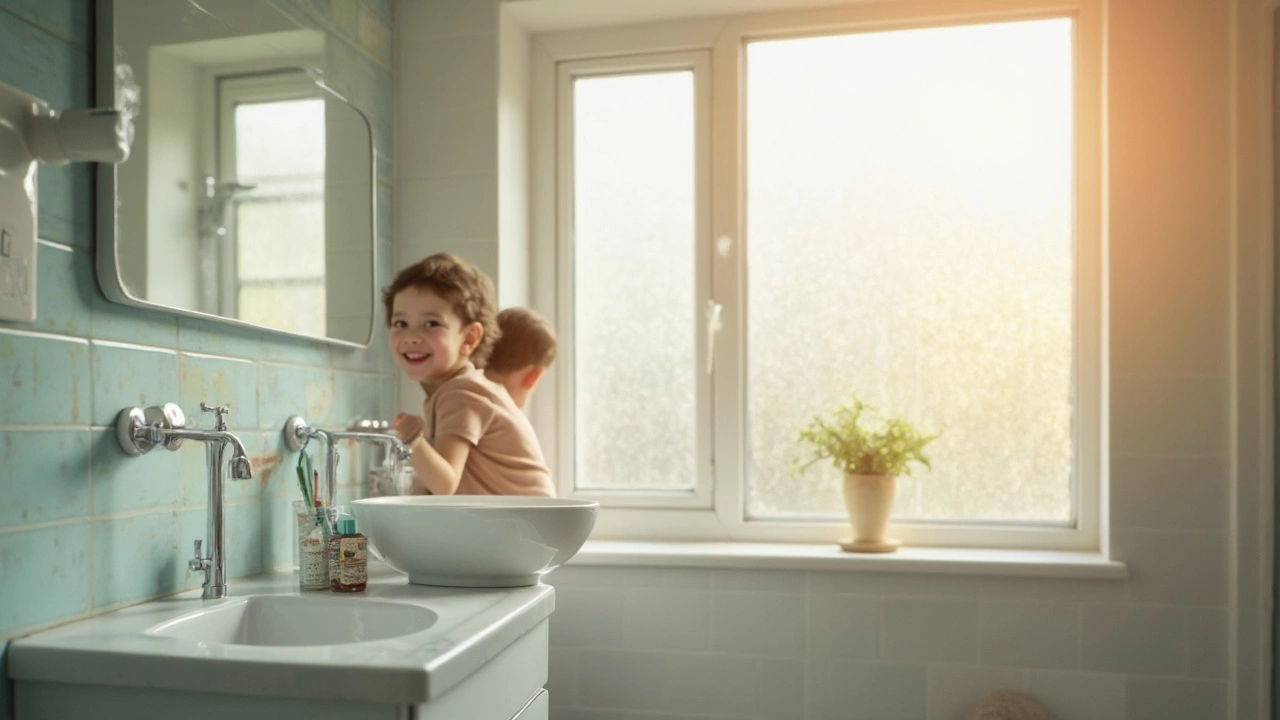Flat Mirror Buying Guide – Choose, Install & Care for the Perfect Wall Mirror
Flat mirrors are the backbone of many rooms. Whether you want a bathroom vanity mirror, a dressing‑room statement piece, or a simple hallway reflector, the right flat mirror can make a space feel bigger and brighter. Below you’ll find the basics you need to pick a mirror that fits your style, budget, and DIY skill level.
Choosing the Right Size and Style
Start by measuring the wall space. A good rule of thumb is to leave at least two inches of clearance on each side so the frame (or edge‑to‑edge glass) doesn’t look cramped. If you’re hanging a mirror above a sink, aim for a width that matches the countertop or a little wider for a balanced look.
Thickness matters too. Most flat mirrors for home use are 3 mm to 5 mm thick. Thicker glass feels sturdier and resists warping, but it also adds to the price. For large bathroom mirrors, a 5 mm thickness is recommended to avoid flexing.
Consider the finish. Plain clear glass works everywhere, but a beveled edge adds a touch of elegance without a big cost increase. If you like a modern vibe, look for frameless mirrors with a brushed metal or wood edge. Frameless options are easier to clean because there’s no trim to trap dust.
Installing and Caring for Your Flat Mirror
Installation is straightforward if you have the right hardware. For mirrors under 30 inches, a simple picture‑hanging hook rated for the mirror’s weight will do. Larger mirrors (over 40 inches) need at least two sturdy wall anchors or a French cleat system. Always use a level to keep the mirror straight; a slanted mirror looks cheap.
When you mount the mirror, attach a rubber pad or silicone strip to the back. This cushions the glass, reduces vibration, and stops the mirror from rattling against the wall.
Cleaning is easy: a soft microfiber cloth and a spray of diluted vinegar or a commercial glass cleaner does the trick. Avoid harsh chemicals that can etch the surface. Wipe in a circular motion and dry with a clean cloth to prevent streaks.
If the mirror gets a crack, it’s safer to replace it than to risk shattering. Most home improvement stores offer cut‑to‑size services, so you can order the exact dimensions you need without dealing with a specialist.
Finally, think about cost. A basic 24 × 36 inch clear glass mirror can be found for under £30, while a designer‑framed piece can climb above £200. Set a budget, compare a few retailers, and read customer reviews for durability insights.
With the right size, thickness, and installation method, a flat mirror becomes a functional piece of decor that lasts for years. Use these tips, and you’ll pick a mirror that looks great, fits your wallet, and stays securely in place.
Ever wondered why your bathroom mirror doesn't make you look taller or why some mirrors at the funfair give you wacky shapes? There are three main types of mirrors: flat, concave, and convex. Each has its own job, from showing your true reflection to making spaces safer or fooling your eyes. This article breaks down how they work, where you find them, and tricks to use them better at home. You'll get straight answers and a few things you probably never realized about mirrors.
Jun, 23 2025
